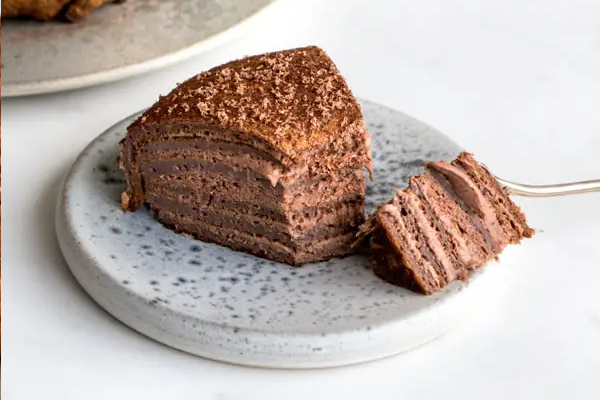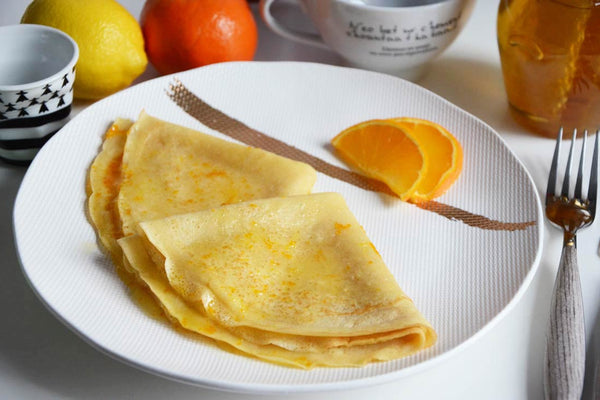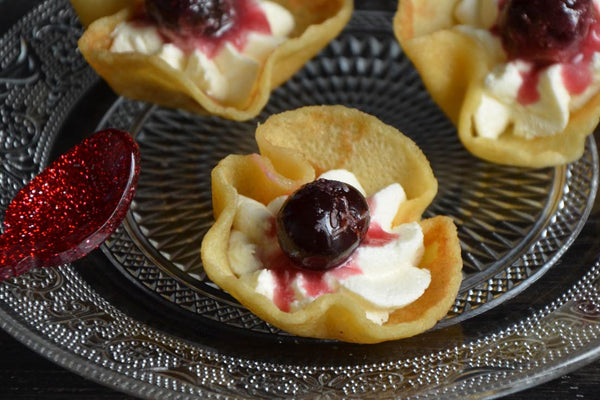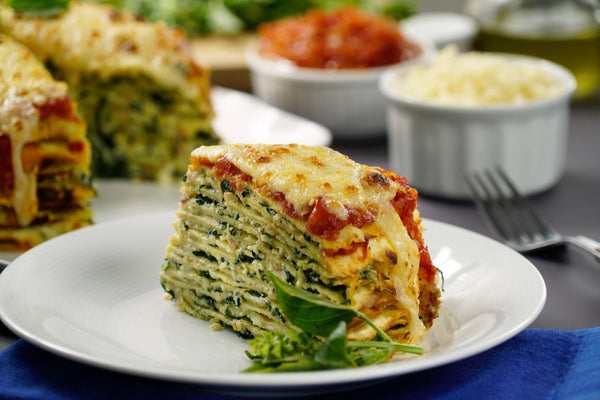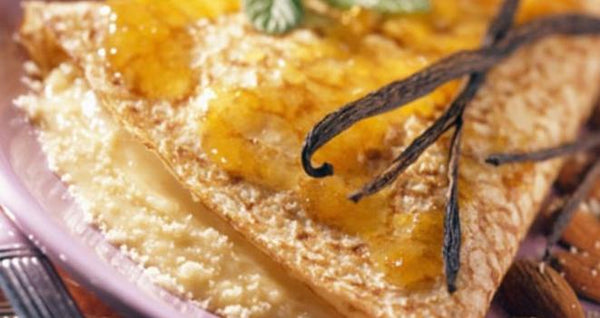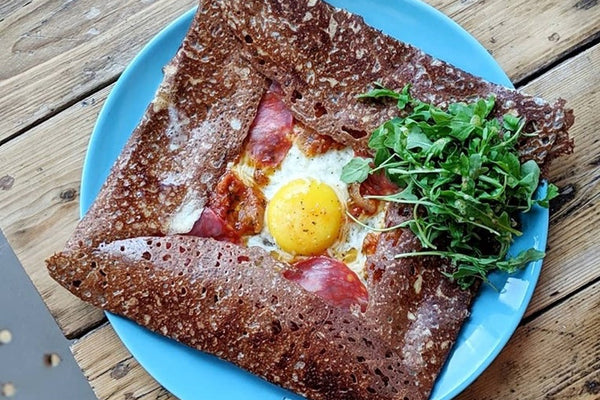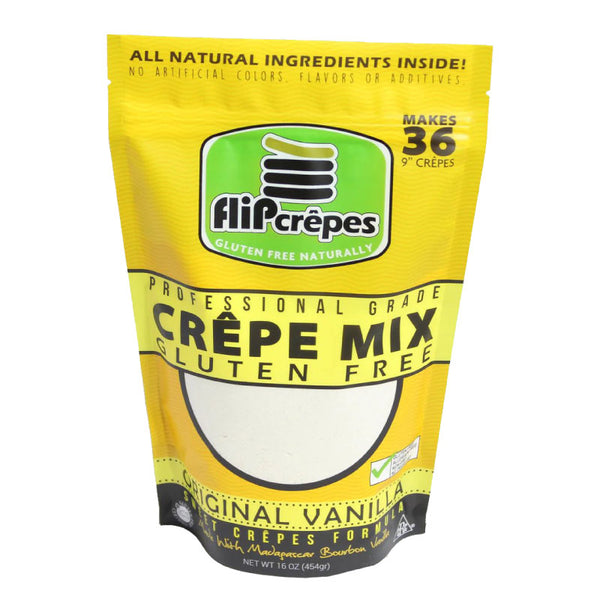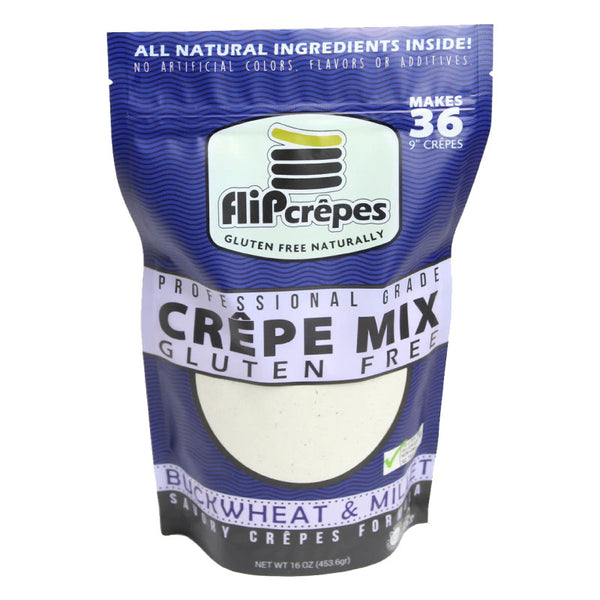As any experienced cook will tell you, having the right kitchen tools is essential to producing great food. This is especially true when it comes to making crêpes, the delicate and delicious French pancakes that require a special touch and the right pan.
But with so many different types of pans available on the market, it can be overwhelming for beginners and even more advanced cooks to know which one to choose. That’s why we’ve put together this comprehensive guide to help you navigate the options and select the perfect pan for your crêpe-making needs.
Nonstick Pans
One of the most popular types of pans for making crêpes is the nonstick pan. These pans are coated with a nonstick surface that prevents the batter from sticking to the pan and allows for easy flipping. Nonstick pans are available in a range of sizes and price points, making them a versatile and affordable option.
Pros:
- Crêpes cook evenly and release easily from the pan
- Minimal butter or oil is needed for cooking
- Easy to clean
Cons:
- Nonstick coating can wear off over time
- High heat can damage the nonstick surface
- Not suitable for use with metal utensils
Cast Iron Pans
Cast iron pans are a classic option for crêpe making. These pans are durable and can last a lifetime if properly cared for. Cast iron pans can be used on the stovetop and in the oven, making them a versatile tool in the kitchen.
Pros:
- Cast iron retains heat well and distributes it evenly
- Adds iron to your diet as the iron leaches into the food
- Can be used for a range of cooking tasks beyond crêpes
Cons:
- Cast iron pans require seasoning before use and proper maintenance to prevent rust
- Can be heavy and difficult to handle
- Not suitable for use on glass or ceramic cooktops
Copper Pans
Copper pans are a luxurious option for crêpe making. These pans are known for their exceptional heat conductivity, which allows for precise temperature control when cooking crêpes.
Pros:
- Copper heats up quickly and evenly
- Provides precise temperature control for perfect crêpes
- Aesthetically pleasing
Cons:
- Copper pans can be expensive
- Requires polishing to maintain the shine
- Not suitable for use with metal utensils
Electric Crêpe Maker
For those who prefer a more hands-off approach to crêpe making, an electric crêpe maker may be the way to go. These countertop appliances feature a nonstick surface and can produce crêpes quickly and easily.
Pros:
- Easy to use, no flipping required
- Adjustable temperature control
- Can be used for a range of cooking tasks beyond crêpes
Cons:
- Takes up counter space and may not be used frequently
- Not suitable for large batches of crêpes
- May not produce the same texture and flavor as traditional pans
Conclusion
When it comes to making crêpes, there’s no one-size-fits-all pan. Each type of pan has its pros and cons, and the right choice depends on your personal preferences and cooking style. For beginners, a nonstick pan is a great option, while more advanced cooks may prefer the precise temperature control of a copper pan. No matter which type of pan you choose, with a little practice and the right tools, you’ll be making perfect crêpes in no time.
References:
-
Child, J., & Bertholle, L. (1961). Mastering the Art of French Cooking, Volume One. Alfred A. Knopf.
-
Simon, A. (2011). The Food of France. Murdoch Books.
-
Greenspan, D. (2010). Around My French Table: More Than 300 Recipes from My Home to Yours. Houghton Mifflin Harcourt.
- "The Best Crepe Pans for Making Perfect Crepes" by Karen Resta, Serious Eats, Updated April 17, 2020, https://www.seriouseats.com/the-best-crepe-pans-for-making-perfect-crepes-4117984.
